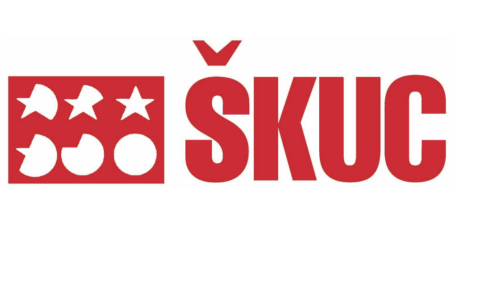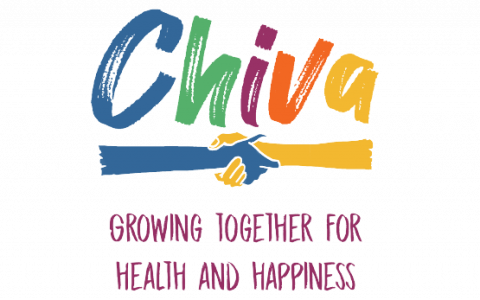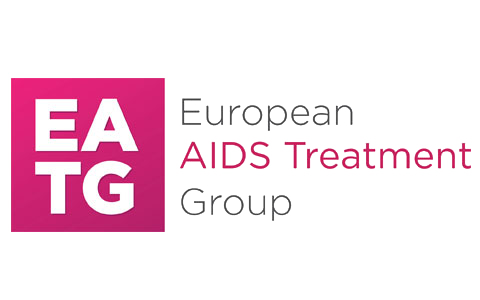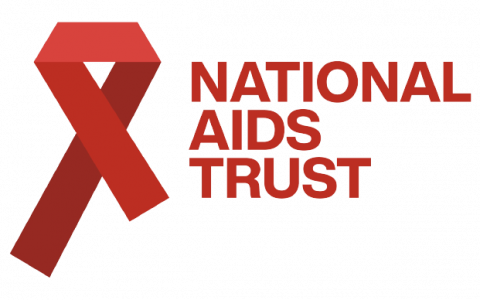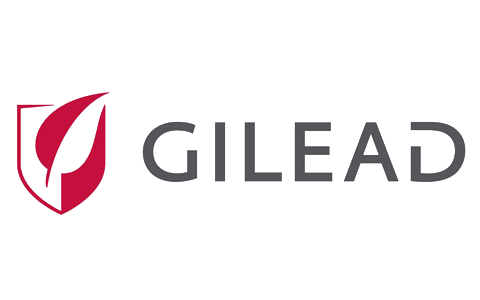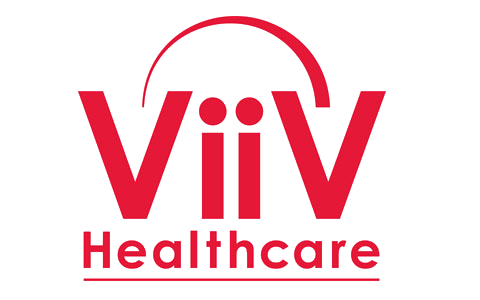Case Study
Romania – Ceausescu’s Children

-
Context
The first case of HIV/AIDS was diagnosed in Romania in 1985. It was reported to the European Centre for the Epidemiological Monitoring of AIDS in Paris. Romania was still part of the communist bloc at that time. Healthcare and social assistance services were underdeveloped, and communication with the western bloc was limited. Local and central authorities tended not to report information that may have reflected negatively on the regime. After the Revolution of December 1989, communication channels and borders opened, authorities gradually changed their perspective, and information began to flow.
1990 was the year when an open conversation about the HIV/AIDS epidemic began in Romana. In March 1990, an HIV/AIDS surveillance and reporting system was put in place with support from WHO experts and the Romanian Ministry of Health. This set the course for the evolution of Romania’s HIV/AIDS systems. It soon emerged that thousands of children had been infected with HIV/AIDS in state-run hospitals and orphanages. In fact, as authorities began reporting accurate data to the WHO for the first time, it became clear that over half of Europe’s children with HIV were in Romania.
-
Introduction
The existence of the so-called Romanian Cohort was first identified, somewhat inadvertently, by Dr Victor Patrascu, a virologist with a veterinary background. He was convinced that HIV was present in Romania, despite official policy statements at the time claiming that the disease did not exist in the country. Dr Patrascu convinced a group of hospital doctors to test some patients for HIV. The results were overwhelming: 10% of children in hospitals were HIV positive and over half of the children in orphanages were infected.
Around 13,000 children, according to official data, were infected with HIV in the state system between the late 1980s and early 1990s. More than half of them survived.
-
Aims
From 1990 to 1995, Romania was in chaos. The country endured radical political changes, riots, serious underfunding of healthcare and social assistance systems, and a deep economic downturn couples with triple-digit inflation.
-
Method
International support, exchange of information and knowledge transfer, genuine cooperation, and personal involvement helped an embattled nation – and thousands of people with HIV – to survive.
Milestones
- March 1990: Experts from WHO, CDC and Romania agreed a first case definition in the Romanian context; a HIV/AIDS surveillance and reporting system was implemented; an urgent short-term action plan was put in place
- 1992: Ministry of Health implemented a new, robust HIV surveillance system for children (aged 0-13) and adults (aged >13)
- 1995: First special budget for HIV infection
- 1997-1998: Establishment of HIV Regional Centres for Monitoring and Evaluation of HIV/AIDS Data in Romania
- 1998: The National Prevention of Mother to Child Transmission Programme. A new electronic recording system was introduced. It categorised children and adults separately, in line with international standards.
- 2001: Ministry of Health declared HIV/AIDS as a public health priority and developed the Plan for Universal Access to Treatment and Care, designed to increase access to antiretroviral therapies (ART)
- 2001: Establishment of the Compartment for Monitoring and Evaluation of HIV/AIDS Data in Romania, where the national database was reorganised and established as a National Registry
- Since 2001: All data on HIV/AIDS collected since 1985 were put into the national database: the database constitutes a unique monitoring system in European HIV/AIDS (i.e. the cases are not duplicated)
- 2002: Adoption of a new law on HIV prevention and care for people living with HIV
- 2004: National strategy approved by the Government (valid until 2007)
- Since 2013: Treatment made available regardless of CD4 count
Key dates for Romanian Cohort
- 1990: Creation of the first clinic at the National Institute for Infectious Diseases dedicated to the care of children with HIV. Support from Health Aid UK introduced new methods and holistic ways of working, offering children not just medical care but also hygiene, nutrition, education, play and psychological support
- 1991-1992: Opening of first houses that follow the ‘familial model’ for infected children
- 1996: Opening of first day-care clinic, following the English model, with medical, diagnostic, psychological, oral medicine and other services
- 1996: Establishment of alternative care services for children in state institutions, including maternal assistance, adoption, re-integration; provision of ART monitoring, school orientation and integration, health and sexual education
-
Results
More than half of the children from the Romanian Cohort are alive today. Doctors such as Mariana Mardarescu, who cared for the Romanian Cohort as children, are now taking care of their children. This was made possible by the efforts of doctors, nurses and others who were committed to addressing problems generated by the failure of an abnormal system which negatively impacted many children’s lives. Policy changes and a shift in mindset were possible thanks to their personal dedication, willingness to embrace best practices, and acceptance of support from private entities and the international community.
-
Recommendations
The result of the incredible efforts of those who fought this epidemic has helped Romania to build strong infrastructure and a good system to support people living with HIV. The greatest challenges facing the system arise from policy changes and healthcare system restructuring, declining attention given to this subject, inertia in the system, decreases in funding, and the complex issues associated with living longer with HIV. Notwithstanding this positive outcome from a very challenging situation, it is essential that the system learns from the past so that it can ensure continuous increases in survival rates and in quality of life.

